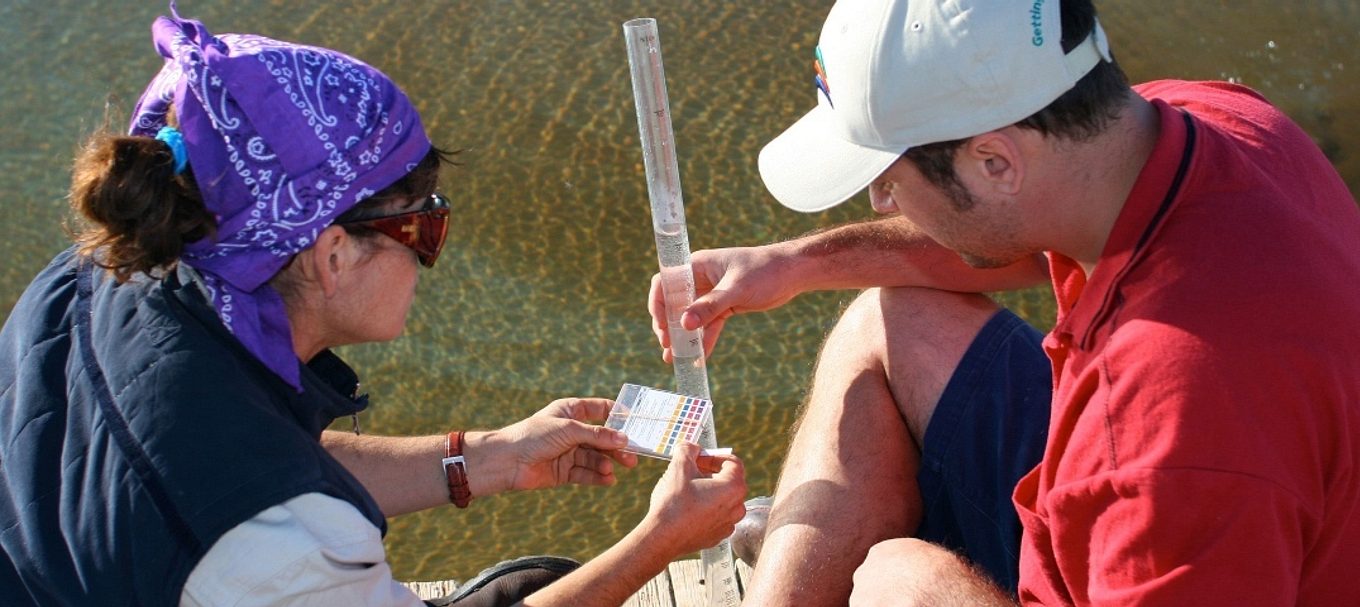
6 fun citizen science projects that benefit South Australia’s natural environment
Whether you’re pulling on your boots for a day of animal spotting, or simply identifying threatened species from spy-cameras, volunteering as a citizen scientist is something anyone can do.
Citizen scientists collect data, make discoveries and explore nature for projects that help researchers by observing where and when plants, animals or fungi are present, transcribing information to make data accessible digitally, and identifying animals in photos.
It promotes curiosity, gives volunteers hands-on experience in science, and builds communities through a mutually shared interest of environmental conservation. And best of all, it’s a way for individuals to give back to nature.
Here are five fun projects that you can get involved in to support South Australian threatened species and our natural environment, and they’re suitable for people of all ages:
1. Monitoring malleefowl breeding
If you have an interest in birdlife, this one’s for you.
The Malleefowl Adaptive Management Predator Experiment is a nation-wide initiative of the National Malleefowl Recovery Team and the National Environmental Science Programme’s Threatened Species Recovery Hub.
This citizen science project aims to conserve the nationally vulnerable malleefowl and addresses a deceptively simple question: Does malleefowl breeding effort increase when predators are suppressed?
If you’d like to get involved, all you need to do is visit the website to create an account and join an ‘exhibition’.
2. Surveying dunnarts’ predators
In the summer of 2019–20, Kangaroo Island was devastated by bushfire. About 200,000 hectares was burnt, land that provided habitat for species like the endangered Kangaroo Island dunnart.
The Kangaroo Island Dunnart Survey Project is helping the bushfire recovery effort by recording how many native and feral species pass through unburnt and recovering patches of native vegetation.
This data will help to understand survivor populations, assist with feral predator control and inform recovery actions for species of concern like the critically endangered Kangaroo Island dunnart.
Visit the website to create an account and join an ‘exhibition’.
3. Monitoring endangered sea lion populations
The Sea lion Spotter portal is an online depository of drone images used to count sea lion populations living on the remote South Australian west coast.
Anyone in with internet access can help NPWS staff and research scientists to remotely count populations of adult and pup Australian sea lions.
The Sea lion Spotter app was developed to provide an easy way for anyone with an interest in sea lions and marine life to contribute to the recovery of the endangered species.
You can join the citizen scientist project at www.sealionspotter.com
4. Monitoring frog populations
FrogSpotter was developed by FrogWatch SA as a community-driven program to monitor the distribution of frogs across South Australia.
Frogs are well-known for their sensitivity to pollution and habitat degradation, making them an ideal indicator species in assessing the health of wetland ecosystems.
You can get involved by capturing frog calls via the FrogSpotter app. Check the website for all the details.
5. Discovering local waterway residents
WaterWatch BioBlitzes are a great chance to get out in the field and work alongside ecologists to learn about the importance of water quality in our local creeks, streams and rivers by recording what critters call them home.
Visit the Landscape South Australia Murraylands and Riverland website for details on how to get involved in upcoming BioBlitzes.
If you're in the area and have some time to spare, you can join in on a BioBlitz event tomorrow, Friday 21 May, at the Strathalbyn Natural Resource Centre. Just contact Communications and Engagement Officer Dana Miles to register your interest.
6. Recording king tides
King tides are a term used to describe especially high tide events that occur when there is an alignment of the gravitational pull between sun and moon.
When king tides occur during storms, water levels can rise to even higher levels and have the potential to cause great damage to property and the coastline.
This citizen science project provides the community with an opportunity to submit images of king tide events occurring on the more than 2300 km long Eyre Peninsula coastline.
Check the website for how to get involved.
Want more?
The Department for Environment and Water’s citizen science webpage is a great resource for other opportunities you might be interested in.
If you’re looking for more opportunities to volunteer, read our stories:How you can volunteer to stay in some of SA’s national parksand4 ways to help SA’s coastal environment.
This story was originally posted in May 2021 but has been updated with new opportunities.





